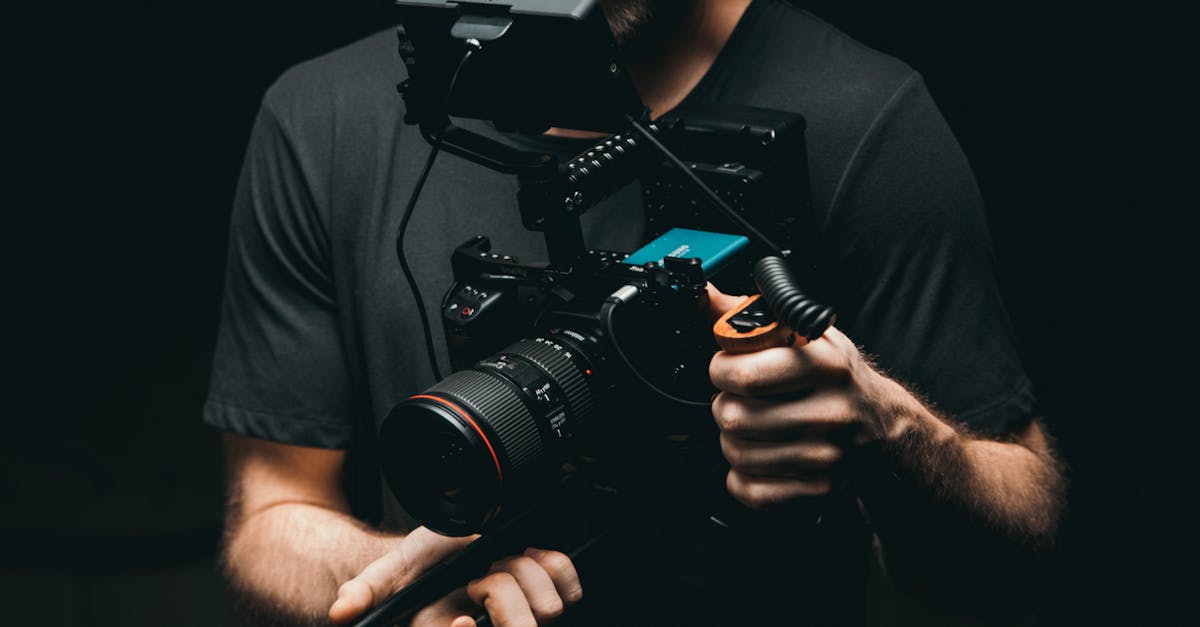
Color correction
Table Of Contents
At Gaf Production, we specialize in providing top-quality color correction services for video projects of all types. Our team of skilled professionals has the expertise and tools necessary to enhance the visual appeal of your videos by adjusting colors to achieve the desired look and feel. Whether you are looking to correct color inconsistencies, enhance the overall color palette, or create a specific mood or style, we have the capabilities to meet your needs. With our meticulous attention to detail and commitment to excellence, you can trust us to deliver exceptional results that will elevate the quality of your video content. Contact Gaf Production today to learn more about our color correction services and how we can help bring your vision to life.
Perfecting Skin Tones in PostProduction
Perfecting skin tones in post-production is an essential aspect of achieving a polished and professional look in video projects. The key to achieving natural-looking skin tones lies in adjusting the hue, saturation, and brightness levels to create a balanced and flattering appearance. Utilizing tools such as color wheels, curves, and power windows can aid in fine-tuning skin tones to ensure a consistent and appealing look throughout the entire video.
When working on perfecting skin tones, it is crucial to pay attention to details such as contrast and exposure levels. Adjusting these elements can help to enhance the overall appearance of skin tones and ensure they appear realistic and lifelike on screen. Additionally, using techniques like colour balancing and skin tone matching can help to create a seamless look across different shots and scenes, contributing to a cohesive visual presentation in the final video product.
Adjusting Saturation Levels for Naturalistic Color Grading
When adjusting saturation levels for naturalistic color grading, it is crucial to strike a balance between vibrant colors and realistic tones. To achieve a natural look, pay close attention to skin tones, landscapes, and other key elements within the footage. It is recommended to fine-tune the saturation levels by gradually adjusting them until the desired effect is achieved. Additionally, consider the overall mood of the scene and how the colors can enhance the storytelling aspect of the video.
Another important aspect to consider when adjusting saturation levels is to ensure consistency throughout the entire footage. Maintaining a uniform and cohesive color palette helps create a visually pleasing viewing experience for the audience. Avoid oversaturating certain elements in the frame, as this can lead to distracting visuals that take away from the overall narrative. By carefully adjusting the saturation levels in each shot, filmmakers can enhance the visual appeal of their videos and convey the intended emotions effectively.
Tips for Effective Color Correction Workflow
To ensure an efficient color correction workflow, it is crucial to establish a systematic process from start to finish. Begin by organizing your project files and assets in a structured manner. This includes naming conventions for better file management to streamline the editing process. When working on color grading, maintaining consistency in your approach can save time and effort. Set default values for key parameters like contrast, saturation, and brightness to create a standardized starting point for your corrections. This practice helps in maintaining a cohesive look throughout the project.
Another essential aspect of an effective color correction workflow is regular calibration of your display monitors. Ensuring that your screens are accurately calibrated allows you to make precise adjustments to colors and tones. Invest in a reliable calibration tool to regularly check and adjust your monitor settings. Additionally, it is advisable to work in a well-lit environment with controlled lighting conditions to accurately gauge the color accuracy on screen. By incorporating these practices into your workflow, you can enhance the quality and consistency of your color correction process.
Understanding the Role of Scopes in Color Correction Process
Scopes play a crucial role in the color correction process by providing objective measurements of color and brightness levels within a video signal. RGB Parade displays the levels of red, green, and blue channels individually, helping to identify any color imbalances or bias present in the footage. This allows the colorist to make informed adjustments to ensure accurate color reproduction.
Waveform monitor shows the overall brightness levels of the image from left to right. This helps in preventing underexposed or overexposed areas in the video by ensuring that the exposure remains consistent throughout the footage. By analyzing the waveform monitor, colorists can make precise adjustments to the tonal range of the video, enhancing the overall visual quality.
Solving Common Color Correction Issues
When it comes to color correction, there are a few common issues that video production professionals often encounter. One challenge is dealing with color casts caused by varying light sources. Fluorescent lights, for example, can give off a cool, blue cast, while incandescent lights tend to produce a warmer, orange hue. To address this problem, adjusting white balance settings in post-production can help neutralize these unwanted color tints and create a more natural-looking scene. Another issue is underexposed footage, which can lead to loss of detail and color depth. By carefully adjusting exposure levels and contrast settings, it is possible to salvage underexposed clips and enhance their overall visual quality.
Moreover, chromatic aberration is another common color correction issue that videographers may encounter. This optical phenomenon occurs when different wavelengths of light do not converge at the same point, resulting in color fringing along edges in an image. To rectify chromatic aberration, utilizing specialized correction tools or plugins can help mitigate these color distortions and produce a cleaner, more polished final product. Additionally, managing unwanted objects in scenes can pose a challenge during the color correction process. By utilizing techniques such as masking, tracking, and keying, video editors can effectively remove or alter objects that detract from the overall visual composition, ensuring a seamless and professional end result.
Managing Color Casts and Unwanted Objects in Scenes
When it comes to managing color casts and unwanted objects in scenes during the color correction process, attention to detail is key. Often, imperfections such as unwanted objects or distracting color casts can detract from the overall quality of the video. By utilizing advanced editing tools and techniques, video production experts can effectively remove these distractions and ensure that the final product meets the desired standards for color accuracy.
One common method for managing color casts is through the use of colour correction filters. These filters can help to adjust the overall tone of the image and eliminate any unwanted color casts that may be present. Additionally, techniques such as selective colour correction can be used to target specific areas of the frame that require adjustment, allowing for a more precise and tailored approach to colour correction. When it comes to removing unwanted objects in scenes, tools such as the clone stamp or content-aware fill can be invaluable for seamlessly blending out distractions and ensuring a clean, polished final product.
FAQS
What is color correction?
Color correction is the process of adjusting and enhancing the colors in a video or image to achieve a desired look or fix any color issues that may be present.
Why is color correction important in post-production?
Color correction is important in post-production as it helps to maintain consistency in color tones throughout a project, correct any color imbalances, and enhance the overall visual appeal of the final product.
What tools are commonly used for color correction?
Common tools used for color correction include software applications like Adobe Premiere Pro, DaVinci Resolve, and Final Cut Pro, as well as hardware tools like color calibration monitors and scopes.
How can I learn more about color correction techniques?
You can learn more about color correction techniques through online tutorials, workshops, and courses offered by industry professionals and educational institutions specialized in post-production and editing.
How do I know if my color correction is successful?
You can gauge the success of your color correction by comparing the before and after images/videos, ensuring that the colors are balanced, natural-looking, and consistent throughout the project.






